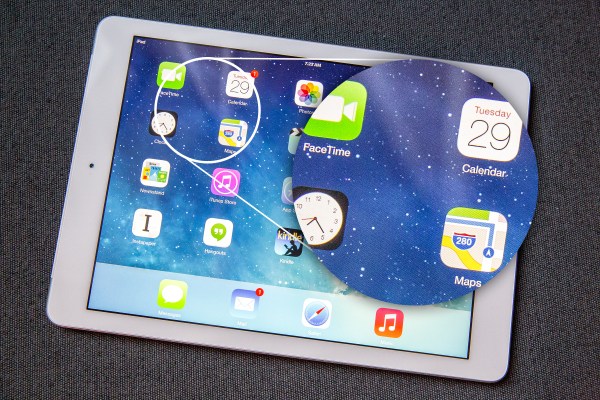Apple has filed for three new patents, according to applications published by the USPTO (via AppleInsider) today. The applications all relate to the use of quantum dot-enhanced displays, which provide a number of advantages to electronic device screens, including richer and more vibrant colors, better viewing angles and an overall better experience vs. standard LCD gadget screens.
Apple had filed for a patent on quantum dot-enhanced displays back in December 2013, when it detailed basic ways in which the tech might be applied to existing display technology to deliver color control improvements. Now, these three new patents handle additional applications of quantum dots in tandem with a MEMS (microelectromechancial systems) shutter control, a version that uses a mixture of prisms and other tricks for using a backlight stack to control light distributed through quantum dots, and a backlight dimming patent that refines how a quantum dot-enhanced backlight system would correct for color shift.
The fine details of the patent are very technical in nature, but the main takeaway from the patents is that Apple is working on this kind of technology in earnest, and eager to lock down intellectual property rights on techniques associated with its use in shipping devices. The company often goes to great lengths to cover its bets when it comes to new tech, whether or not it plans to use it (it holds a number of patents that deal with NFC, for instance). But in this case, the patents seem to indicate Apple is in the lab working through some practical issues that inhibit quantum dot-enhanced display use in shipping devices.
Devices using these kinds of displays are already being used by major TV manufacturers, including Sony, which led the charge back in January 2013 when it announced it would emit quantum dots in some of its upcoming flat-screen TVs. The main advantage of quantum dots used in this way is improved display quality, so it makes sense that Apple would chase this carrot, as it has in the past led the pack in terms of mobile device display quality (the Retina display stands out especially).
